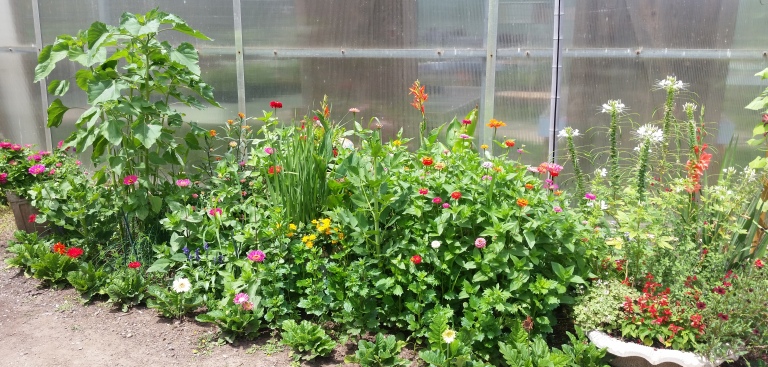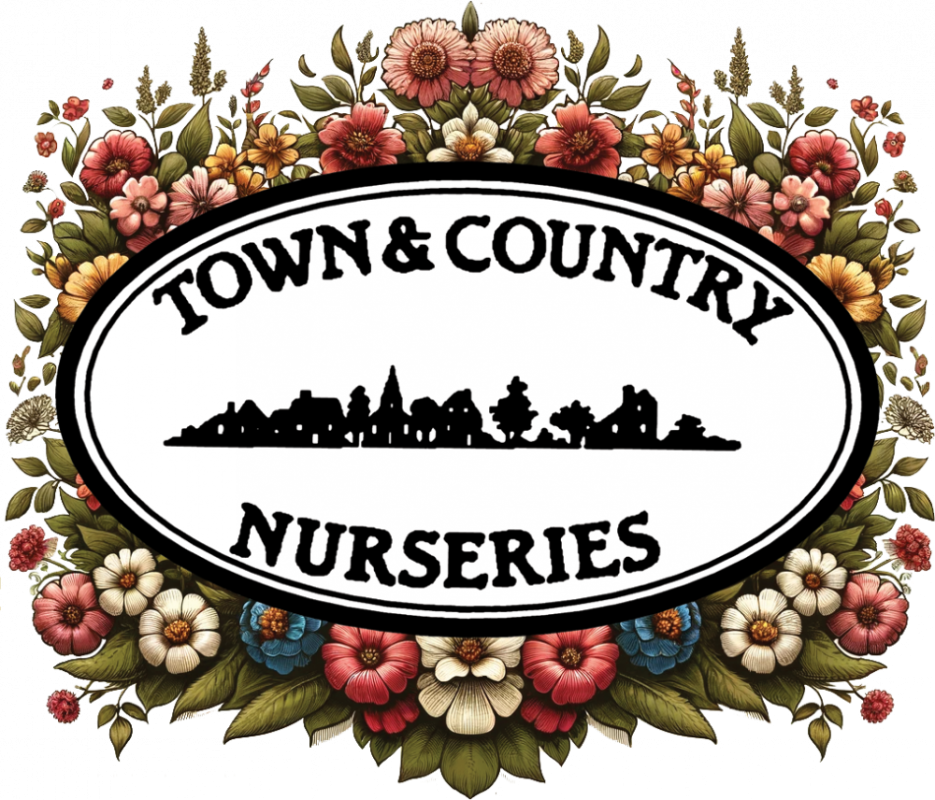Bee Friendly Gardening
Did you know that some crops, including blueberries and cherries, are 90-percent dependent on honey bee pollination; one crop, almonds, depends entirely on the honey bee for pollination at bloom time.

Imagine going into the grocery store and you can’t find any grapes, strawberries, almonds, melons or tomatoes. Since 2006 more than 70% of some bee populations have died out as a result of Colony Collapse Disorder (CCD). One third of our natural food supply depends on pollination by bees. You can help restore the bee population by creating a bee friendly garden.
Let’s Create A Bee Friendly Garden
1- Bee Friendly Plants
First start off by choosing Bee Friendly Plants. Remember that there are over 4,000 native bee species in North American alone. All parts of the United States are home to different species of bees. Do a little research to see who is buzzing around your backyard.
- Think Native when designing your garden! Native plants are FOUR TIMES more likely to attract pollinators.
- Choose a variety of blooming plants for each season. Recommended is four species of plants for every season. You want to keep a steady supply of pollen and nectar. Bees are active until they retreat in their hives for the winter.
- Bees prefer single blossom flowers than double blossom flowers. (Such as impatiens.) Single blossom flowers provide more nectar and pollen, and it’s easier for the bees to get too.
- Plant in areas of 3 feet by 3 feet, or larger
- Use a sunny area
- Plant in masses vs. a single planting. It is very important to clump your plantings together than to spread them out.
A Larger Diversity of Plants Will Support More Bees. Attract Bees With Nectar and Pollen Producing Plants.
Here are Some Links with More Information On Bee Friendly Plants:
- The Xerces Society
- Pollinator Partnership– Just type in your zip code and it pulls up the correct region for bee friendly plants.
2- Water Source

Bees need a constant source of fresh water. You can provide a pond, a fountain or a small shallow dish. The easiest way to add a water source is using a shallow dish or bowl. Add some rocks and sticks in dish so the bees have somewhere to land while they drink water. Make sure to keep your water fresh and avoid contamination from pesticides that may be used in the garden.
3- Creating a Home

When creating a home for the bees, remember that there are all different bees in the yard. Each one makes its home differently. Here are few ways to help the bees establish a home.
- Leave a sunny spot uncultivated for native bees to burrow
- For wood and stem nesting bees provide piles of branches, bamboo sections, and hollow reeds to create a home
- Mason Bees need a source of water and mud for their homes
- Bees are attracted to weedy, untended hedgerows
We Carry an Assortment of Bee Houses at the Garden Center.
4- No Pesticide Use
Many pesticides and herbicides are toxic and deadly to the bee population. Many leave residues for days or weeks. Some evidence suggests fungicides can be harmful as well.
Avoid pesticides as much as possible, but if you need to spray here are a few key pointers
- “Product Selection” Choose the least toxic option available. DO NOT use dusts.
- “Method” Keep the pesticide on target. Avoid windy/breezy days because the product will drift into areas you don’t want. Adjust nozzle to spray as close as possible to the affected areas.
-
“Timing” Best time to apply is when crops ARE NOT IN BLOOM & LATE EVENING or EARLY MORNING. Late evening is preferred. Bees are active from 8 AM to 5 PM. Also avoid dewy or wet foliage because it will take longer to dry. DO NOT contaminate their water supply by product drift.


